
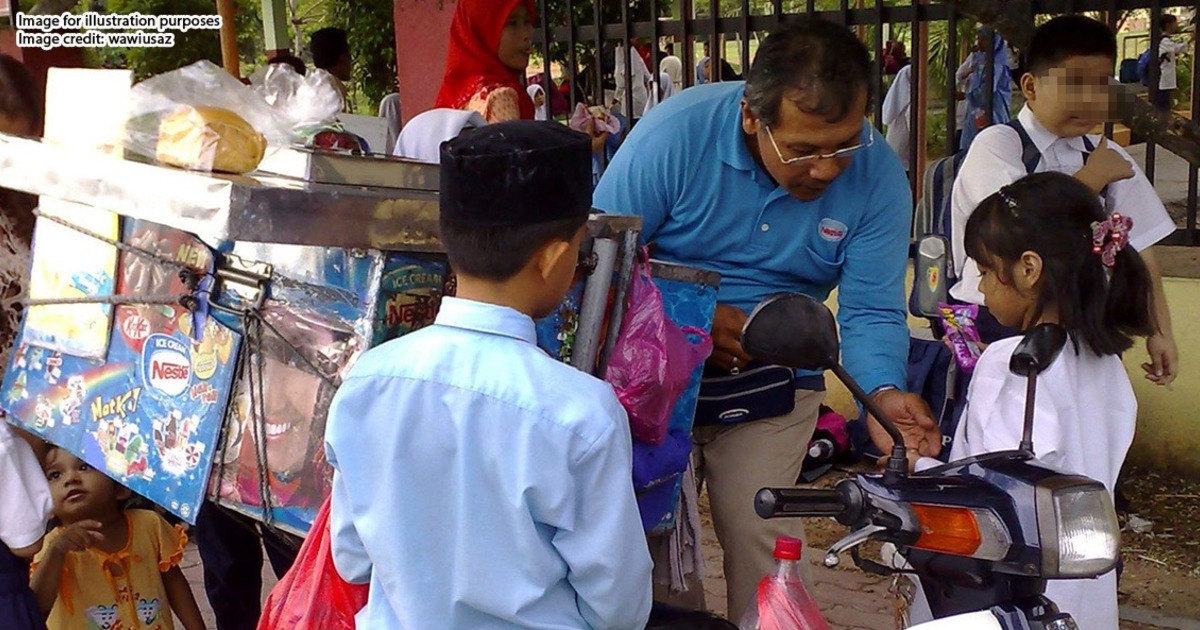
Consumer,General
5 ways our Malaysian childhood snacks can be illegal now
over 5 years ago CherylynnTRemember those days back in primary school? After the bell rings, you’re released from school, finally, and flock to the pakcik lori outside. You’ll look at his collection of candy, and pick out your favourite. Everyone had their favourite. Some liked the candy that coloured your tongue purple or blue or green. Some enjoyed the cigarette candy, because pretending to smoke makes you feel oh so adult. Or, if you like variety, just go to the uncle who could make you a drink, any drink you want, just pick from the hundreds of syrup he had (okay it was more like ten, but it felt like a hundred back then).
But now that you’re older and a bit responsible, you might think: Did I really put all that in my mouth? I mean, it was yum, but judging from the taste and weird colours it had, wouldn’t it be full of chemicals we shouldn’t consume?
You’re right on the chemicals. In fact, one of your childhood candy (find out which one below) was banned back in 2008 for containing melamine. But having dangerous chemicals that sound like a floor cleaner is just one from our list. Read on below on the 5 ways your favourite childhood candy can be banned.
1.They can ban it for looking like cigarettes
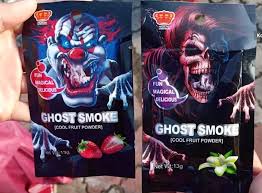
The Ghost Smokes candy doesn’t just look like a cigarette—it can even be ‘smoked’ like one. There was a viral video going around showing school kids in uniform doing just that. This similarity with real cigarettes is why the candy has been banned.
Despite not containing any forbidden ingredients, the Deputy Health Minister, Dr Lee Boon Chye, stood firm on the Ministry’s decision to ban the product. According to him, the product mimics smoking and could encourage children to take up the habit in the future.
This decision is in line with the purpose of the Food Act 1983. Under Section 34:
So, even though there is no mention of candy looking like cigarettes specifically, the ban was implemented to carry the law’s purpose, which is to protect the public against health hazards.
2. It’s illegal to have toys inside
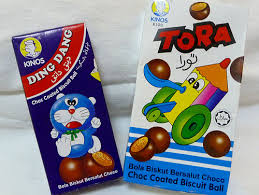
Remember Tora? The one with the small blue box and the ciplak Doraemon. If you were lucky, your parents would let you buy this. If you weren’t lucky, you would sneak out and buy it from the rotiman.
Tora is special, not because of the chocolate inside, which is just okay only. But we all know why you bought it: there’s a toy inside! How cool is that?? Candy AND a toy?! Take my money! It didn’t even matter that the toy was cheap; there was a thrill in finding a new toy in every box.
But having a toy in your food can be illegal. Technically. Under Section 36 of The Food Regulations 1985, it is illegal to put things in food such as toys or coins.
Shouldn’t Tora be illegal then? You’re pretty sure you bought a box, or ten. But just to be clear, what we mean is a toy directly inside your food. So, if you have to bite through your chocolate to get to your toy, it is illegal.
Luckily, our favourite candy with bonus toys, such as Kinder Joys, Ding Dang, and Tora, are still being sold in Malaysia, as the toy is not actually place inside the candy, but in a different package separate from the chocolate.
One candy that violates this law is the Kinder Surprise Egg. The toy is placed in a capsule within the Kinder chocolate egg. Despite being in another container, technically it is placed inside the food. So, not surprisingly, the Kinder Surprise is banned in Malaysia.
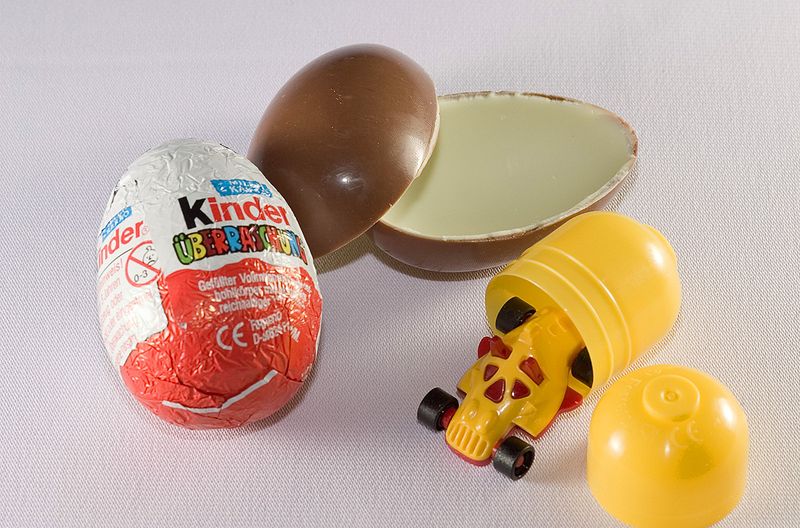
But when the day comes where we reduce plastic packaging, and putting the toy in the chocolate is the latest cost saving measure, it will be ILLEGAL. But until then, Tora will datang lagi.
3.There are banned substances in it
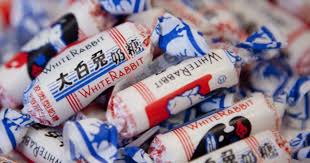
In 2008, the White Rabbit candy from China, was banned in Malaysia. I’m sure everyone remembers the candy, and back then we even ate the clear plastic-ish thing covering it (don’t worry mum, it’s edible!). So was it banned because of the clear plastic-ish thing, and my mum was right not to eat it?
Surprisingly, no. The ban was because of a food additive inside of the candy called melamine. There was a health scare in 2008, when milk from 22 dairy companies in China contained dangerously toxic levels of melamine. In high doses, melamine can cause kidney stones and kidney failure.
The White Rabbit candy was confiscated as it contained melamine, which was 50 times the permitted level. Under Section 38 of The Food Regulations 1985 if a food is found to have more than the permitted level, the authorities have the power to confiscate the food.
The candy was eventually allowed back onto the shelves, as White Rabbit now only uses imported milk powder from New Zealand to reassure consumers.
4. The label is misleading
Do you notice that all the candy have really catchy names and colourful designs, but really average descriptions? Let’s look at Choki-choki for instance
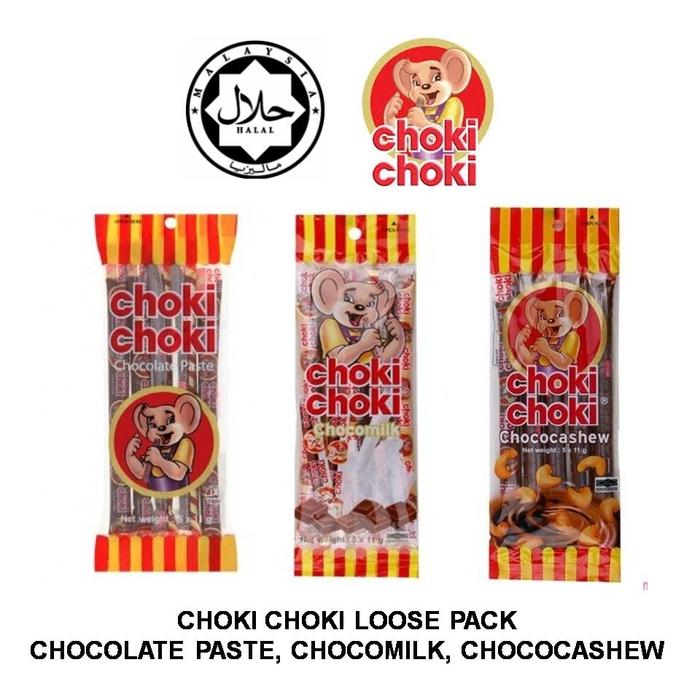
Look at how big the label and logo is. But look carefully. See the description of its contents? It’s just written as “Chocolate paste”. Why is the description so bland?
When it comes to labelling the products, there are certain words which they could not use, as it may mislead people on the contents. According to Section 18 of The Food Regulations 1985, one of the restricted word is ‘pure’.
The Health Ministry also added an Amendment in Regulation 388, to expand the list of words that cannot be used. This includes word such as “Gold”, “A+”, “Plus”, “Premium”, “Platinum”, “Pro”, “Advance”, “Super”, “Complete”, “Balance”, “Unique” and “Protect”. Basically they restricted any marketing weasel words.
So, for example, Choki-choki can only be sold as the boring “chocolate paste”. But if they decided to call it “Pure Gold A+ Chocolate Paste”, it can be banned.
Which would explain why without the nice designs, we are literally just buying “Chocolate paste” in a tube. But as a kid, even if you can’t eat ‘pure chocolate’, the candy will still give you pure joy.
5. It’s too unhealthy for the canteen
Back then, our old school makcik canteen probably didn’t care too much about what is healthy or unhealthy. As long as it sells, they’re fine with it. But with the rise of obesity and increasing health awareness in school, our favourite candies might be removed from the canteen shelves.
In fact, the Education Ministry has already set guidelines on foods to be banned under the Healthy School Canteen Management Guide. Under this guideline, our candy is technically not allowed in canteens. The list includes sweets and candies; and foods with toys, which are basically the summary of our childhood.

But despite the guideline, there are still issues in implementing it, as it’s still available in bookshops and koperasi’s in schools.
“I have visited many schools in Kuala Lumpur and saw the school koperasi (cooperative) and book shops still selling junk food,” - William Huee, President, Association of School Canteen Operators, in a statement to The Star.
Despite our parents warning us we’ll lose our teeth eating it, we eat it anyway, because who doesn’t like sweets? But if the guidelines on junk food in school is fully implemented, our children might have a future without these iconic snacks. If that happens, all we will have to tell them is just a sweet (literally) memory of childhood.
I like jesters hat